Agriculture and food are crucial for any region, especially in Africa, where natural disasters are frequent. Farmers in Kenya, Botswana, Zambia, and other regions are facing unprecedented challenges, including droughts, frost, hail, and floods. These extreme weather conditions severely threaten crop yields and farmers’ livelihoods.
According to a United Nations report, Zambia has declared a state of national disaster. Many countries in sub-Saharan Africa face similar crises. In the next six months, an estimated 27.4 million people in southern Africa will suffer from famine, primarily due to 14 extreme droughts over the past 20 years. The Global Hunger Index reveals that 37 out of 54 African countries have reached “severe” or higher levels of hunger.
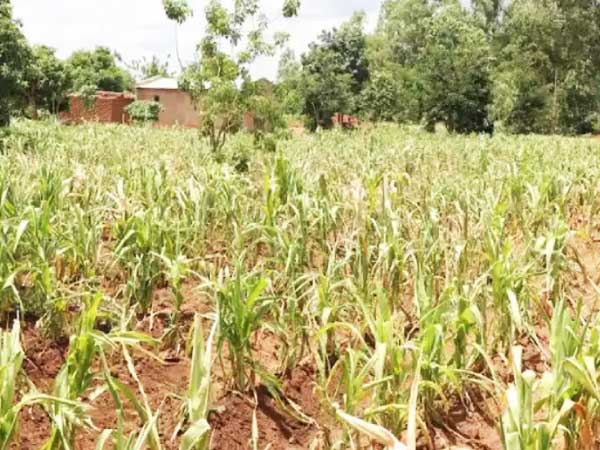
Sunburned maize in sub-Saharan countries leads to major yield loss
In this dire situation, shading becomes more crucial than ever. Shading not only helps to reduce high temperatures and water loss caused by drought but also protects crops from extreme weather events like frost and hail. For commercial growers, particularly those cultivating high-value crops, shading is essential for ensuring both yield and quality. So, why is shading so important for African agriculture? Let’s delve deeper into this topic.
Background: The Impact of Africa’s Hot, Dry Climate on Agriculture
In Africa’s dry season, prolonged high temperatures can severely affect agricultural production.
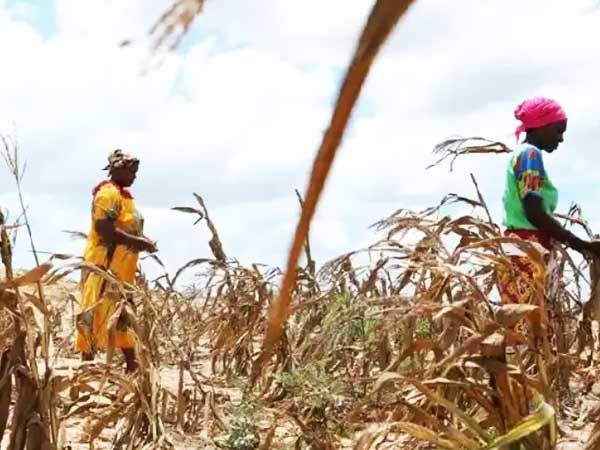
Drought-stricken maize field.
First, high temperatures and drought suppress the normal growth of crops like maize and tomatoes. When temperatures rise, leaves may curl and wilt, and plants might even stop growing entirely. This occurs because high temperatures disrupt photosynthesis. Moreover, intense sunlight accelerates soil moisture evaporation, making the soil dry and compact. Roots then struggle to absorb water, and crops can “die of thirst.”
Drought and high temperatures also increase irrigation costs and worsen water shortages. Intense sunlight can scorch fruits and leaves; for example, coffee beans may develop sunburn spots, directly lowering their market value. These challenges lead to reduced yields and lower quality, significantly impacting farmers’ income.
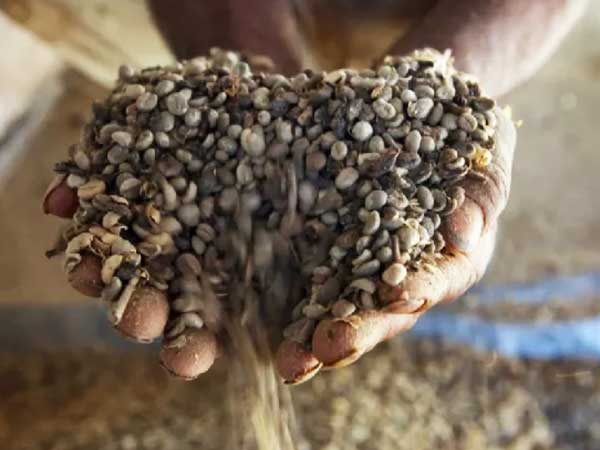
Coffee beans damaged by lack of water.
The Six Key Benefits of Shading for African Agriculture
In this context, shading becomes an effective solution to combat heat and drought. Shading lowers the temperature around crops, reduces water evaporation, and shields them from sunburn, ensuring healthier growth.
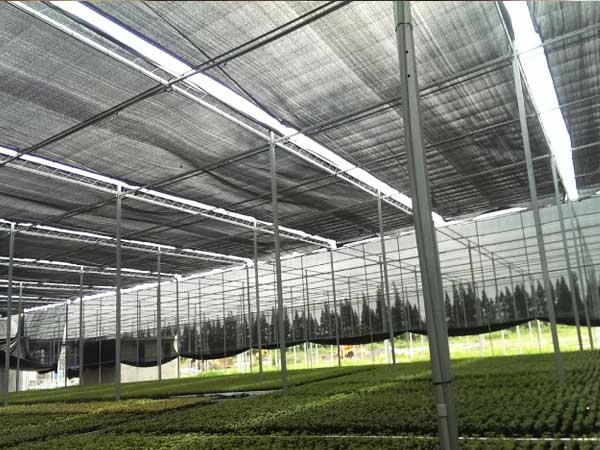
Farm shade netting
A news report mentioned a Kenyan farmer named Petje, who installed shade nets and invested in plastic tunnels. These innovations helped him successfully tackle challenges brought by extreme weather like drought. William G. Moseley, a professor of geography at Macalester College, also recommends mulching techniques along with growing more drought-resistant vegetables to reduce evaporation further.
Don’t Miss: How to Choose Agricultural Shade Nets?
So, what specific benefits does shading provide? Let’s explore six key advantages using shade nets as an example.
1. Temperature Regulation
Shade nets block some sunlight, preventing crops from exposure to intense sun. They act like an “umbrella,” shielding crops from heat damage. By lowering ground and air temperatures, shade nets create a more comfortable growing environment. Crops like coffee and tea, which are sensitive to temperature changes, benefit greatly. Even in Africa’s scorching weather, these crops can thrive under the protection of shade nets.
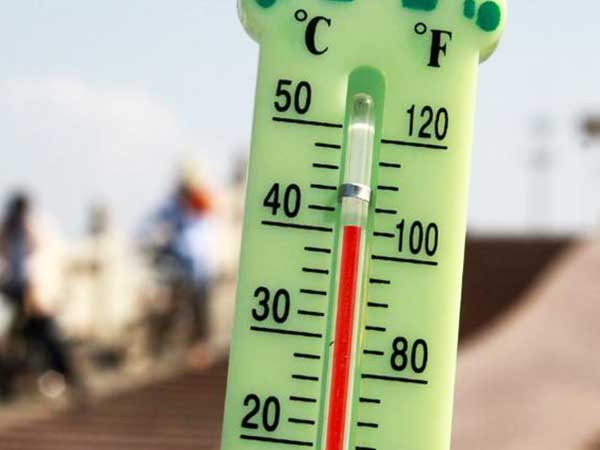
40°C high temperature
2. Reduced Water Evaporation
During Africa’s dry season, soil moisture evaporates rapidly due to high temperatures. Shade nets reduce direct sunlight, slowing down water evaporation. Similar to how a puddle evaporates more slowly in the shade, shade nets help retain soil moisture. This reduces the need for frequent irrigation, saving water resources and labor costs. This is especially beneficial for crops like tomatoes and lettuce, which require a lot of water.
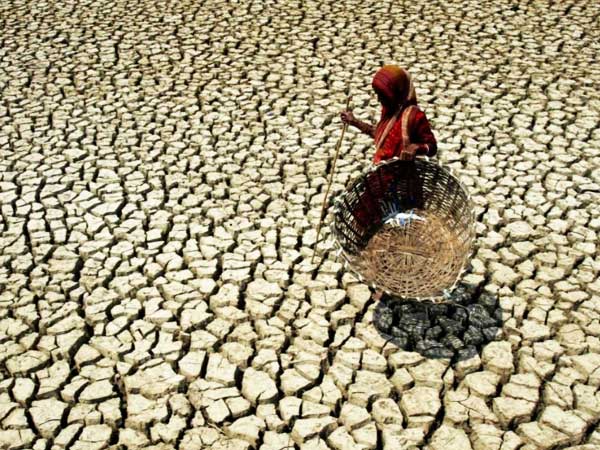
Soil water loss
3. Improved Water Use Efficiency
Shade nets not only reduce soil moisture evaporation but also lower the plant’s transpiration rate. This means that crops can absorb and use water more efficiently. In drought-prone countries like Kenya and Botswana, this is crucial. Even with less frequent watering, crops can still access the water they need, reducing costs and optimizing water management.
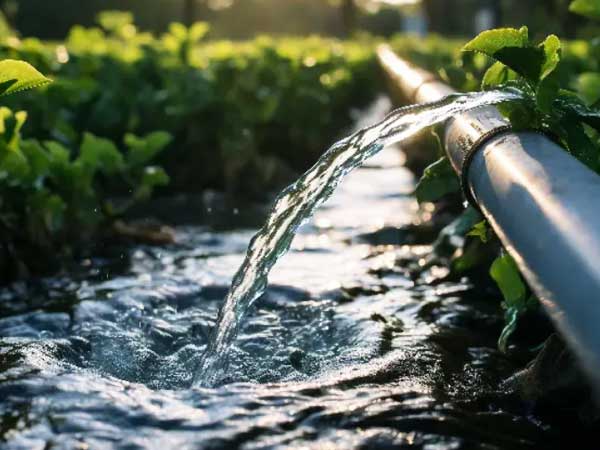
Watering a tea plantation.
4. Sunburn Prevention
Crops exposed to intense sunlight for extended periods can suffer from sunburn, leading to yellowing, wilting, and reduced yields, which directly affects income. Shade nets act like “sunscreen” for crops, protecting them from excessive sunlight. This is especially useful for sun-sensitive crops like tomatoes and coffee, as shade nets prevent unsightly sunburn spots on the fruit, maintaining crop quality.
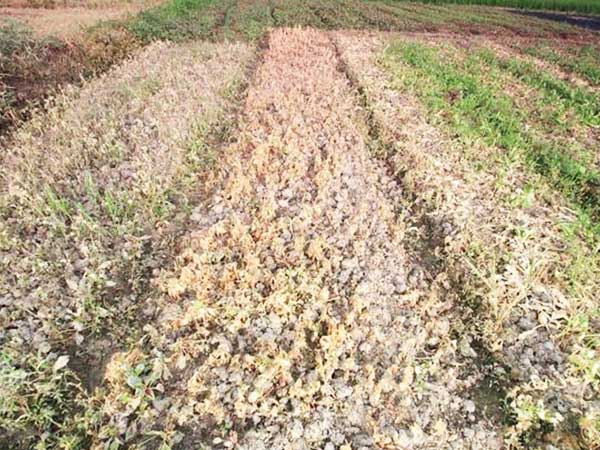
Crops sunburned
5. Reduced Heat Stress
Heat stress occurs when crops face prolonged high temperatures. It slows growth, causes leaf curling, and can even lead to plant death. Shade nets reduce sunlight exposure, lowering the heat stress on crops and creating a more stable growing environment. For example, maize and tea can suffer in hot weather without shade. Shade nets help these crops maintain an ideal temperature, ensuring normal growth and preventing yield loss.
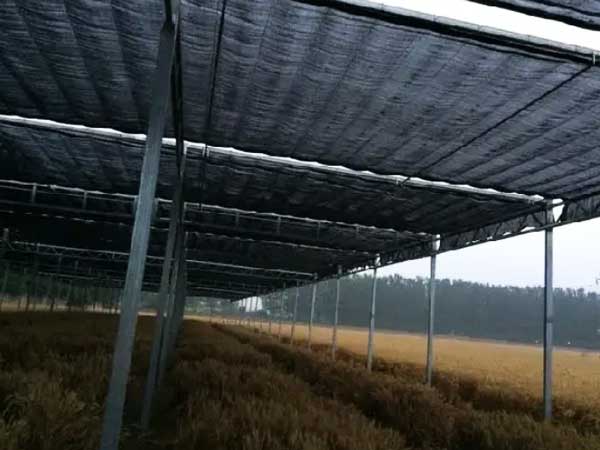
Farm shading structure
6. Increased Yield and Quality
When crops grow in suitable temperature and humidity conditions with fewer pests, their growth rate and health improve significantly, leading to higher yields. With shade nets, crops like coffee, maize, and tomatoes can enjoy a better growing environment, boosting income. Shade nets not only prevent sunburn but also improve the appearance and taste of the fruit. This extends the shelf life of crops, providing better returns in the market.
Conclusion
Shading offers significant advantages for agriculture in Africa’s hot and dry climate, especially for those growing high-value crops. It helps save water resources while improving crop yield and quality. However, shading should be combined with other agricultural measures like drip irrigation and hydroponics to address Africa’s agricultural challenges comprehensively. This holistic approach will improve the quality and yield of local agricultural products, enhancing people’s living standards.